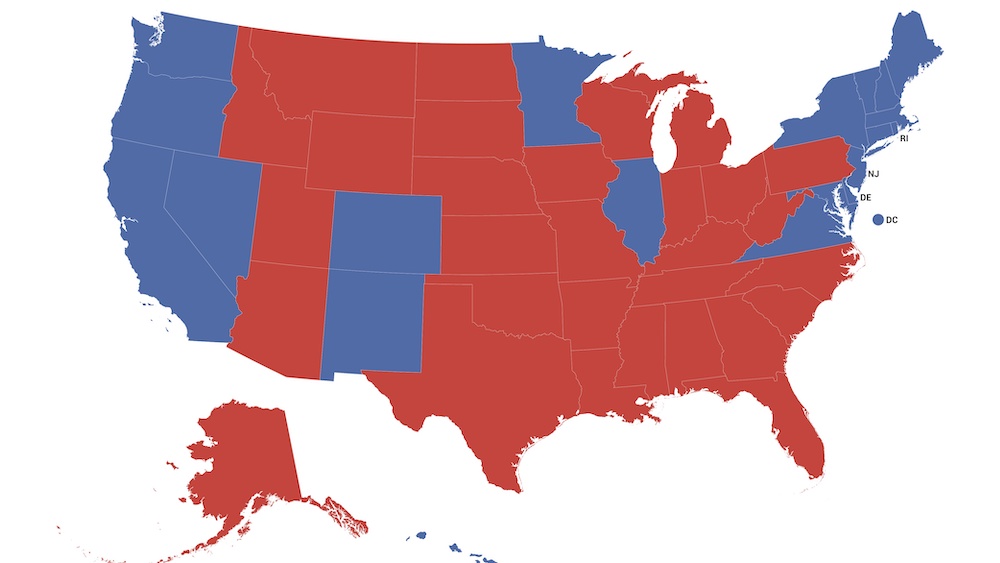If you’re interested in sharing your opinion on any cultural, political or personal topic, create an account here and check out our how-to post to learn more.
____
Each time the Democratic party chooses a presidential nominee, pundits set the same bar: Can they win over white moderates in places like Ohio and Pennsylvania? Can they credibly walk the tightrope of electoral politics, championing issues like good union jobs in the white towns and churches of the Rust Belt, while making it clear to their own base that they believe climate change is real, abortion is a right and Black lives matter?
As we’ve often seen, the result is less unifying than simply “muddled.” President Obama found out the hard way when his bipartisanship met with obstruction for obstruction’s own sake: When your mandate comes from competing interests, the fights that follow make it hard to move the country forward in any direction. Hillary Clinton learned when she couldn’t win over those white moderates. Either the map remains out of reach and we lose, or we win but governing is nearly impossible.
That’s why Democrats need to stop making moderates a pillar of their strategy and realize that they can win elections anyway by remaking the electoral map.
The inability to win states like Georgia, South Carolina, North Carolina and Mississippi is little more than a self-fulfilling prophecy. We call them red states, so the party doesn’t invest in trying to win those states or turn out the Democratic voters who live there. But we have the numbers. Georgia is 32% Black, and nearly 33% of the electorate is under age 35 — both demographics that tend to vote blue. No Democrat has won a statewide election since 2006, but we saw the possibilities in 2018, when Stacey Abrams was just 55,000 votes short of beating Republican Brian Kemp, despite evidence of heavy voter suppression.
This year is also showing us the strength of a voting bloc made up of young people and people of color. In Mississippi, where 38% of the population is Black, Democrat Mike Espy is neck and neck with the Republican incumbent. In South Carolina, Lindsey Graham has had to grovel for money to keep up with fundraising by Democratic challenger Jaime Harrison. In North Carolina, Thom Tillis will likely be sent packing by Democratic challenger Cal Cunningham, who supports a woman’s right to choose, wants to reform the criminal justice system and proudly proclaims that Black lives matter.
It doesn’t matter whether these races are bringing out progressive voters invigorated by local issues or are down-ballot beneficiaries of Donald Trump’s unpopularity — we know the voters are there. And if Democrats begin to invest in these states for the first time since they went for Kennedy in 1960, they wouldn’t need to take Ohio, Pennsylvania or even Florida. In this calculus, Democrats wouldn’t even need Minnesota or Wisconsin — but some of these states would come along anyway given the unapologetic strength of a progressive vision for an America that is fairer, safer, healthier and more prosperous for all who live in it.
Demographic trends will further reshape the map over the next decade as America becomes less white, but we don’t need to wait for those changes. Even the crown jewel of Texas only “leans Republican” today.
The historic incompetence of Donald Trump has given 2020 Democratic candidates cover to push further left than they otherwise might, and many are discovering a pleasant surprise: When they stand up for the progressive values held by a majority of Americans, they’re rewarded at the ballot box. If the party is paying attention, they may realize that they don’t have to play by the rules of our parents’ electoral map — and we can undertake the biggest realignment in recent American political history.
____
Andi Pringle is the Political and Strategic Campaigns Director at March On/Future Coalition.
